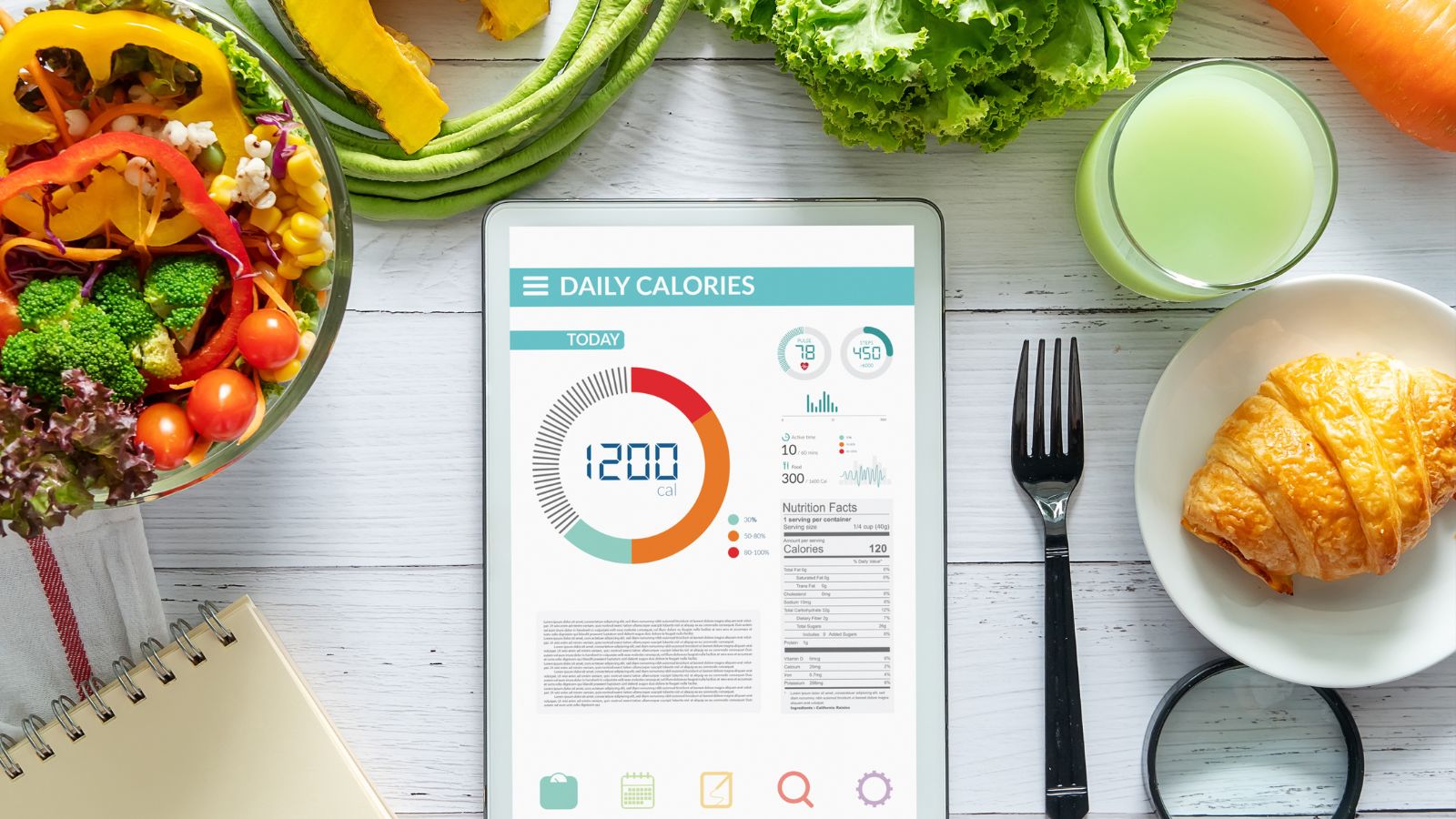You’ve probably heard the saying: “A calorie is a calorie.” But when it comes to losing fat, that phrase oversimplifies the truth. While calories are the currency of energy, the quality of your food—nutrients and satiety—determines how well you stick to your goals. So what’s more important: counting calories or eating the right foods? The answer lies in using a calorie calculator for food and choosing nutrient-dense meals that satisfy you.
Let’s break it down using math, biology, and common sense.
The Basics: What Is a Calorie?
A calorie is a unit of energy. One calorie equals the energy needed to raise the temperature of 1 gram of water by 1°C. But in nutrition, we use kilocalories (kcal)—so when you see “200 calories” on a food label, it actually means 200,000 small calories.
What matters most? Calorie balance:
Calories in – Calories out = Weight change
But here’s the twist: not all calories are created equal in how they affect hunger, hormones, and behavior.
Why Nutrients Matter More Than Numbers
Compare these two 500-calorie meals:
- 🍩 Meal A: 2 glazed donuts
- 🥗 Meal B: Grilled chicken, brown rice, broccoli, avocado
Same calories—but completely different impact on your:
- Satiety (how full you feel)
- Blood sugar and insulin levels
- Muscle protein synthesis
- Micronutrient intake
Meal B is packed with fiber, protein, and essential vitamins—meaning it keeps you full longer, helps build muscle, and fuels recovery. Meal A leads to a blood sugar spike, insulin surge, and a crash that leaves you hungry again in an hour.
That’s why fat loss isn’t just math—it’s math with better inputs.
Using a Calorie Calculator for Food: The Right Way
A calorie calculator for food can help you estimate:
- Your TDEE (Total Daily Energy Expenditure)
- Your macronutrient needs (protein, carbs, fat)
- Your caloric deficit or surplus based on goals
But once you have your numbers, the food choices you make determine how well you stick to the plan. A 2,000-calorie diet of whole foods will perform better than 2,000 calories of ultra-processed snacks.
Example:
- Eating 100g of protein daily = 400 calories
- Those 400 calories trigger muscle repair, increased satiety, and higher TEF (thermic effect of food)compared to 400 calories of soda.
Why Satiety Drives Sustainable Fat Loss
Studies show that high-protein, high-fiber diets reduce appetite and lead to better adherence. Your brain uses hormones like ghrelin, leptin, and peptide YY to regulate hunger—not just calorie totals.
Foods that score high on the satiety index include:
- Potatoes (boiled, not fried)
- Oatmeal
- Eggs
- Lean meats
- Greek yogurt
- Fruits and vegetables (especially apples, oranges, and carrots)
The more satiating your meals, the easier it is to stay in a calorie deficit without feeling starved.
Calories vs. Nutrients: The Final Math
Think of fat loss like budgeting:
- Calories = total money
- Nutrients = how wisely you spend it
A bad budget full of junk adds up fast, but doesn’t buy much value. A smart, nutrient-dense “budget” gives you more bang for your metabolic buck.
“Your body doesn’t just count calories—it counts signals. Give it the right signals, and fat loss becomes a biological response, not just a numbers game.”
Key Takeaways
- Use a calorie calculator for food to set your target—but choose nutrient-rich, filling foods to stay on track.
- Prioritize protein, fiber, and whole foods over empty calories.
- Fat loss happens when your behaviors align with biology—not just math.
Read Next…
- 5 Outdoor Event Ideas Perfect for Workout Recovery
- Best HIIT Workout Plan for Maximum Fat Loss and Endurance
- Discover the Most Advanced Fat Loss Techniques That Actually Work
- Top Supplements for Energy, Focus, and Fitness
- 7 Habits of Healthy Believers (Body, Mind & Spirit)
Subscribe now and get a 14-day free trial workout app for iPhone users.





